Introduction
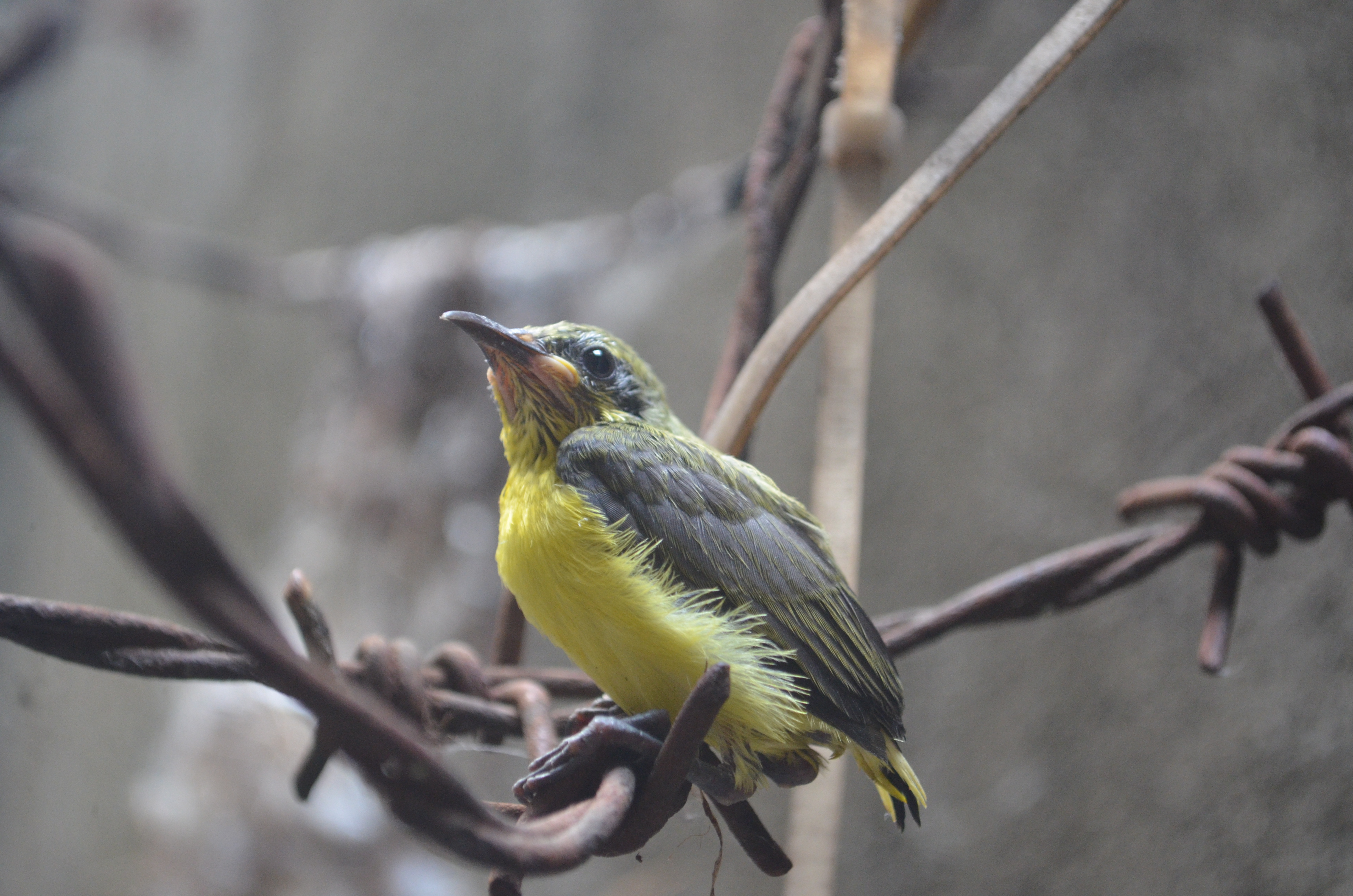
A broken leg can be distressing for birds, affecting their mobility and overall well-being. In this article, we will explore the definition of a broken leg, bird anatomy, and how to provide assistance in such situations.
Definition of a Broken Leg
![]()
A broken leg in birds refers to the fracture or breakage of bones in the leg. The severity can vary, from a simple crack to a complete fracture. Understanding the nature of this injury is essential for identifying and addressing it effectively.
Bird Anatomy

Birds have a unique skeletal structure that enables flight and adaptation to diverse environments. Their legs play a crucial role in support and movement. Having a basic understanding of bird anatomy helps comprehend the impact of a broken leg.
Helping a Bird with a Broken Leg
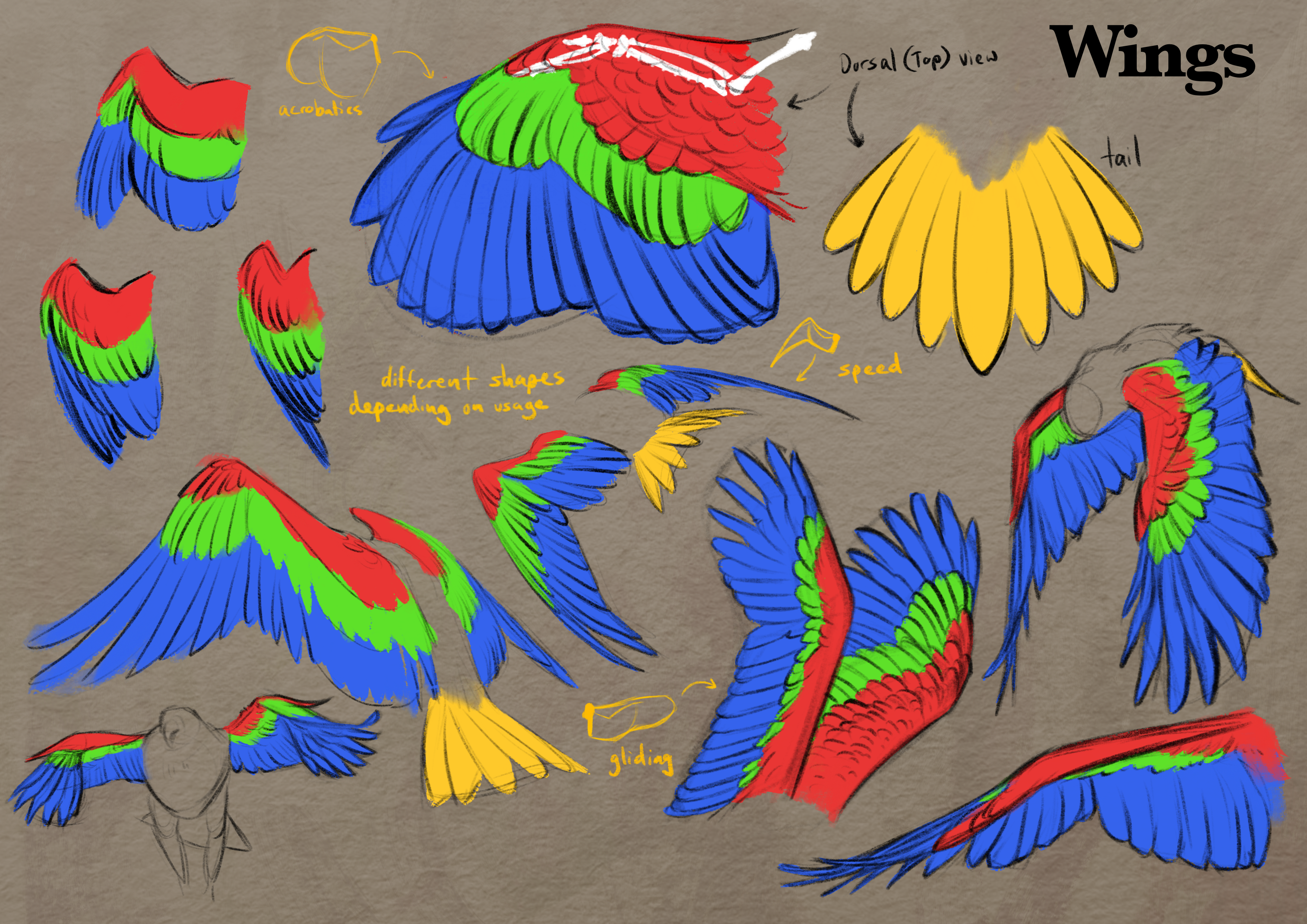
When encountering a bird with a broken leg, assess the situation and determine if immediate medical attention is necessary. Temporary immobilization using splinting or bandaging techniques may be required. Creating a safe and comfortable environment for the injured bird during recovery is crucial.
By familiarizing ourselves with the definition of a broken leg, understanding bird anatomy, and knowing how to provide initial assistance, we can effectively manage this situation. In the following sections, we will delve deeper into identifying a broken leg, diagnosing the condition, available treatment options, aftercare, and prevention strategies.
Identifying a Broken Leg
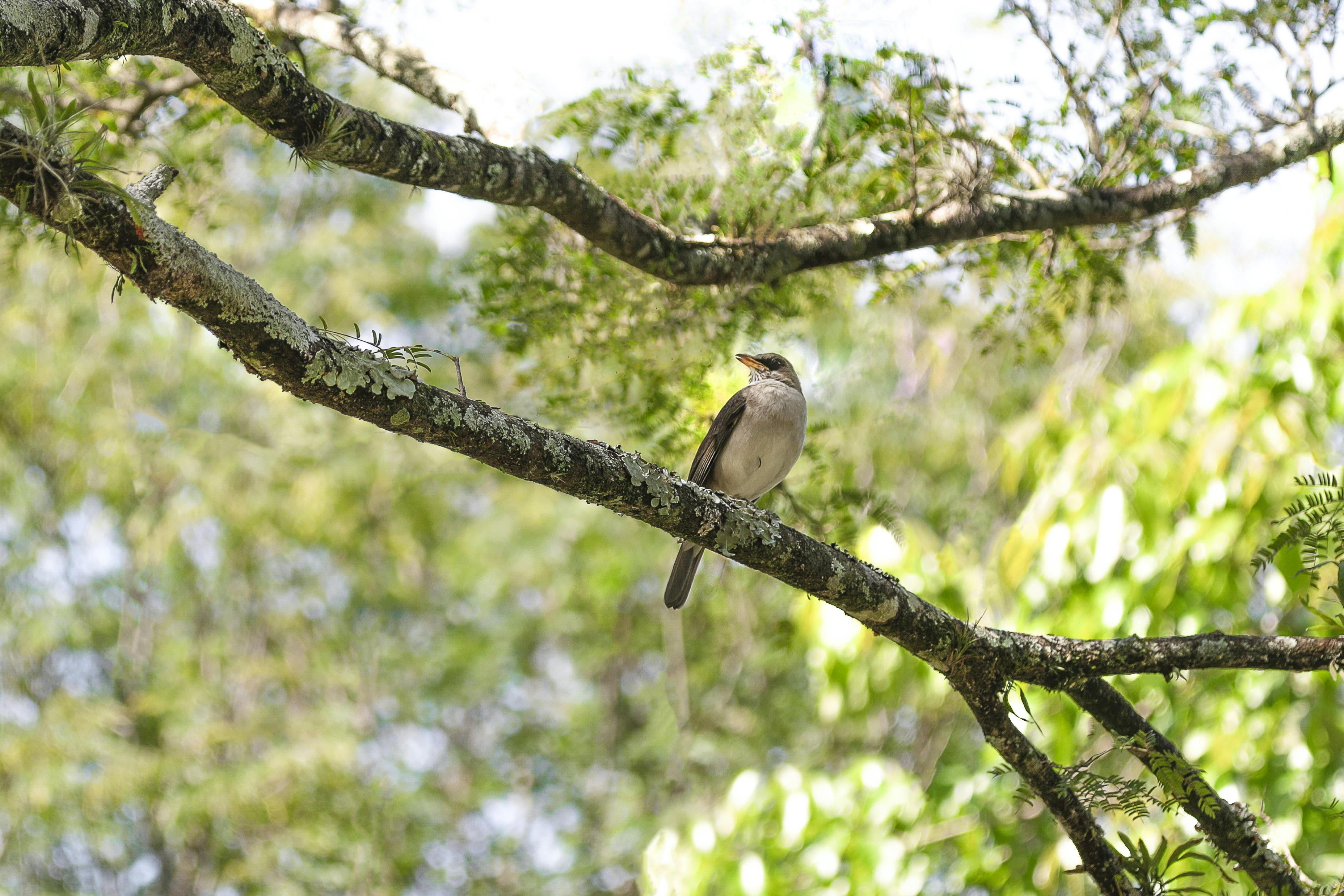
Common Causes of Broken Legs
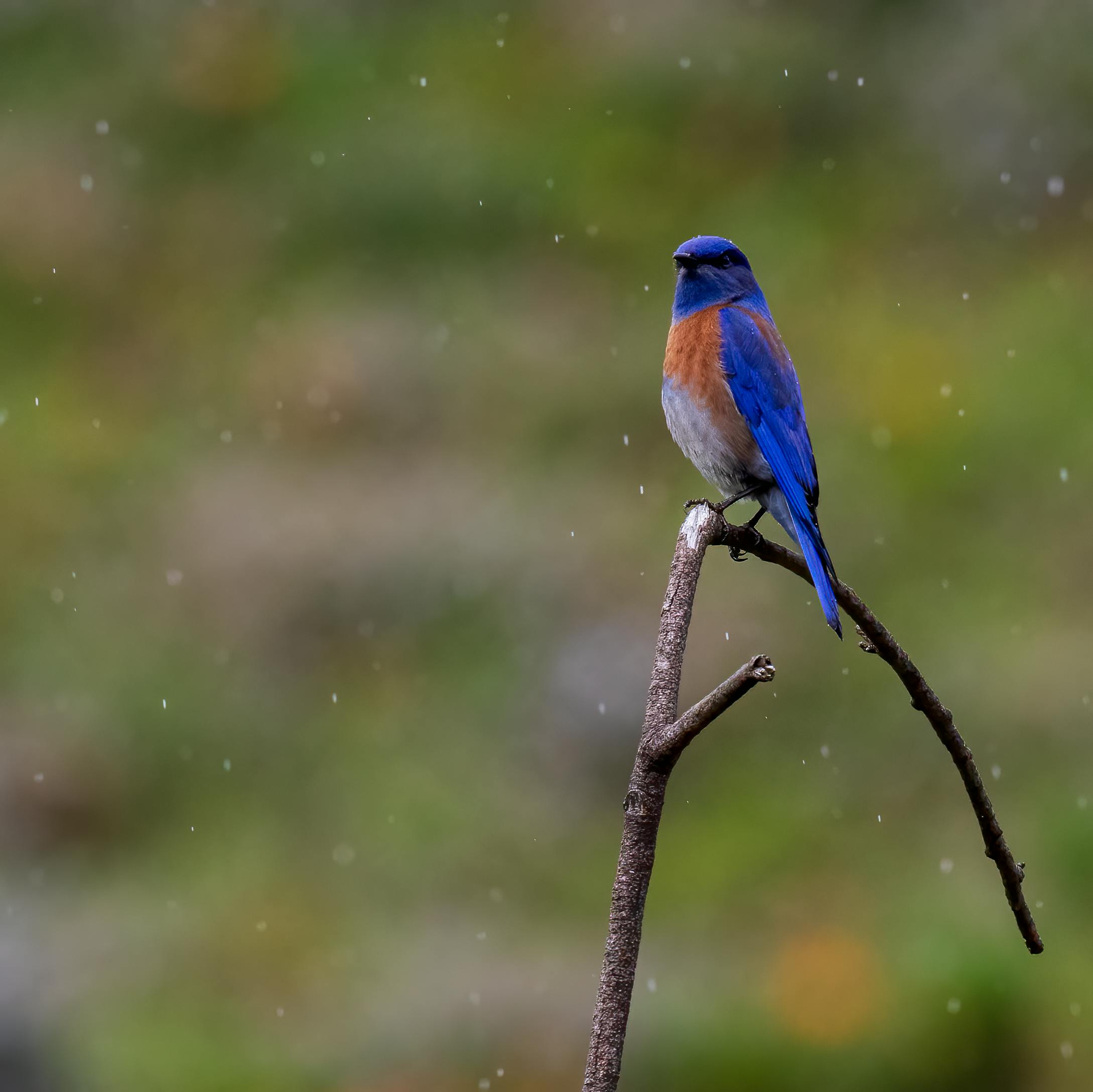
Birds can sustain leg injuries due to trauma, predation, or human interference.
Signs and Symptoms of a Broken Leg
Identifying a broken leg in a bird can be challenging. Common signs include leg deformity, lameness, abnormal movements, pain or distress, and visible injury.
Observing changes in behavior, mobility, or leg appearance is crucial in identifying a potential leg injury in birds. Seek veterinary assistance promptly if you notice any of these signs or suspect a broken leg.
Diagnosing a Broken Leg

Importance of an Avian Vet
Avian vets, specialized in treating birds, are essential in diagnosing and treating broken legs. They possess unique knowledge of avian anatomy and physiology, allowing for accurate diagnosis and treatment. With their expertise, avian vets can differentiate between different types of fractures and identify associated injuries or complications.
X-rays and Imaging Techniques
Avian vets commonly use X-rays to diagnose broken bones in birds. X-rays provide detailed images of the bone structure, aiding in identifying the location and type of fracture. In some cases, advanced imaging techniques like CT or MRI may be used to assess soft tissue damage and identify hidden injuries. Sedation or anesthesia may be necessary during imaging procedures to ensure accurate results.
By relying on avian vets and imaging techniques, precise diagnoses of broken legs in birds can be made, setting the stage for effective treatment and recovery.
Treating a Broken Leg
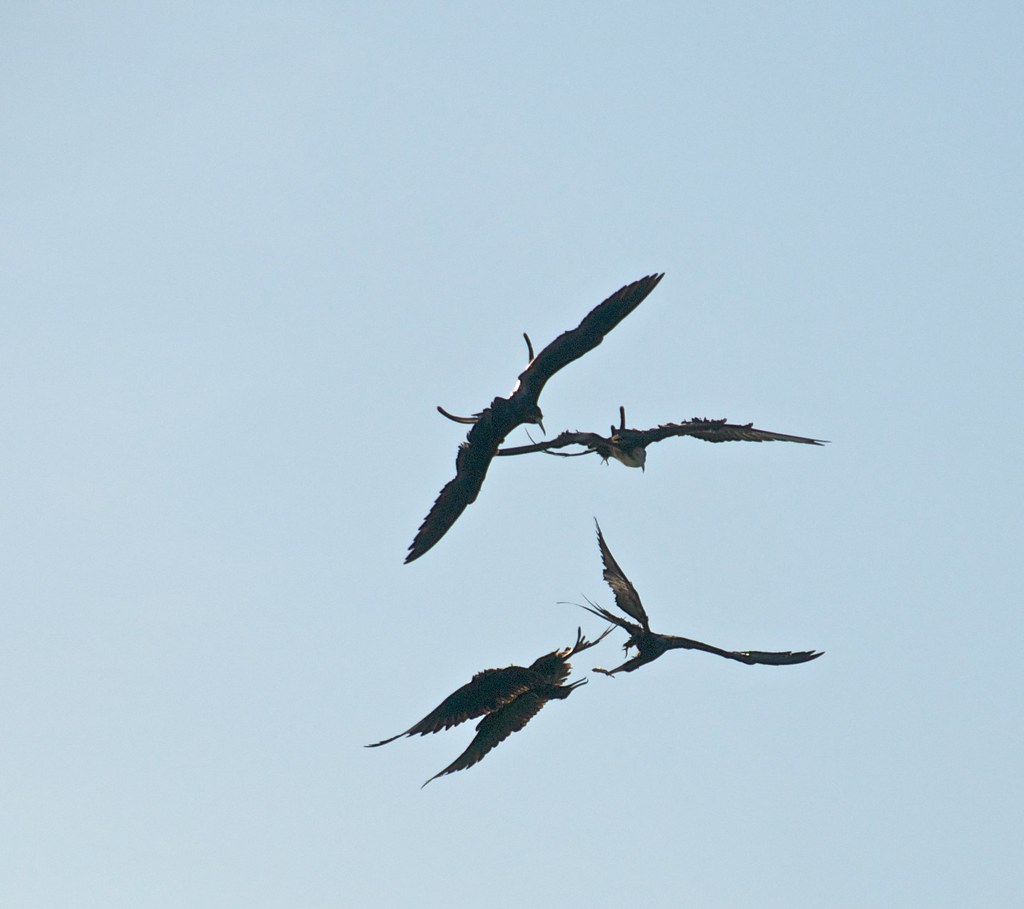
Non-Surgical Treatments

Non-surgical treatments focus on immobilization, rest, and pain management.
Immobilization
Creating a splint or wrap using materials like popsicle sticks or soft padding helps immobilize the affected limb. The splint should be carefully applied, providing stability without impeding blood circulation. Regular adjustments are necessary to accommodate healing and growth.
Rest
Rest is crucial for healing. Limiting movement and providing a stress-free environment promote recovery. A spacious enclosure with minimal obstacles reduces the risk of reinjury.
Pain Management
Professional guidance is essential for appropriate pain management. Veterinarians may prescribe medication to alleviate pain during the healing process. Over-the-counter medications should not be administered without professional guidance.
Surgical Treatments

Surgical treatments are employed in severe cases or when non-surgical methods are insufficient.
Internal Fixation
Internal fixation involves aligning and stabilizing broken bones using pins, wires, or plates surgically placed into the bone. This method offers precise fixation, especially for complex fractures.
External Fixation
When internal fixation is not feasible, external fixation may be used. External devices like pins or wires are placed outside the bird’s body to stabilize the broken bone. Regular follow-up visits are necessary to monitor progress and make adjustments.
Post-Surgical Care
Careful monitoring and appropriate post-operative care are crucial. Specific instructions on wound care, medication administration, and activity restrictions should be followed diligently. Regular check-ups and X-rays are necessary to evaluate progress. Physical therapy and rehabilitation exercises may be recommended.
Remember, each bird’s case is unique, and consulting with an avian veterinarian is essential to determine the most suitable treatment option for a broken leg.
Next, let’s discuss the aftercare for a broken leg (Section 5).
Aftercare for a Broken Leg

Proper aftercare is crucial for ensuring a successful recovery after a bird has received treatment for a broken leg. This section will discuss three essential aspects of aftercare: pain management, physical therapy, and diet and nutrition.
Pain Management
Effective pain management is vital for the comfort and healing of birds with broken legs. Consider the following key considerations:
- Consult a veterinarian: Seek professional guidance to determine the appropriate pain medication tailored to the bird’s needs.
- Administer medication as directed: Follow the veterinarian’s instructions regarding dosage and frequency.
- Create a comfortable environment: Provide a stress-free space with suitable perches, food, and water.
- Monitor the leg: Regularly check for swelling, redness, or increased pain.
Physical Therapy
Physical therapy plays a vital role in rehabilitating birds with broken legs. Here are important considerations:
- Consult a veterinarian or avian specialist: Develop a tailored physical therapy plan based on the bird’s species and injury.
- Range-of-motion exercises: Perform gentle exercises to maintain joint flexibility.
- Handle with care: Avoid excessive pressure on the injured leg.
- Monitor progress: Assess improvements in mobility, strength, and comfort.
Diet and Nutrition
A balanced and nutritious diet is crucial for the overall health and recovery of birds with broken legs. Consider the following recommendations:
- Consult a veterinarian or avian nutritionist: Develop a dietary plan tailored to the bird’s species and condition.
- Offer a variety of fresh fruits and vegetables: Provide diverse nutritious options.
- Include appropriate protein sources: Aid tissue repair and muscle recovery.
- Ensure access to clean water: Monitor water intake for proper hydration.
By following these aftercare guidelines, bird owners can help facilitate a successful recovery for their feathered friends with broken legs.
Prevention of Broken Legs

Creating a safe environment is essential for minimizing the risk of broken legs in birds. Here are some guidelines to consider:
Safe Environments
- Minimize hazards: Eliminate sharp objects, open windows, and toxic plants.
- Maintain cleanliness: Remove debris or wet surfaces that may cause accidents.
- Choose the right cage: Opt for spacious and sturdy cages made of bird-safe materials.
- Ensure a safe living space: Keep birds away from potential dangers and create a calm and secure environment.
Building Suitable Perches
Proper perching arrangements are essential for maintaining the health and strength of a bird’s legs and feet. Consider the following tips:
- Vary perch diameters: Promote foot health and exercise by using perches of different diameters.
- Choose natural wood perches: Provide a more natural and comfortable grip for birds.
- Avoid rough surfaces: Steer clear of perches with sandpaper or rough surfaces.
- Place perches strategically: Position perches at different heights and angles within the bird’s enclosure.
- Regular cleaning: Clean perches regularly to ensure a hygienic perching environment.
By implementing these preventive measures, you can significantly reduce the chances of your bird experiencing a broken leg. Remember to seek immediate medical attention from a professional avian veterinarian or wildlife rehabilitator in case of a bird with a broken leg.
Conclusion

Providing assistance to birds with broken legs is crucial for their recovery and survival. By intervening and offering the necessary care, we can significantly improve their chances of regaining strength and returning to the wild. Seeking professional help from wildlife rehabilitators or avian veterinarians is essential for appropriate treatment.
Throughout this article, we discussed key aspects of helping birds with broken legs. We emphasized the importance of identifying signs and symptoms, understanding the diagnostic process, exploring treatment options, and highlighting the significance of aftercare, including pain management, physical therapy, and proper diet.
To assist a bird with a broken leg, create a safe and stress-free environment that promotes healing. Provide suitable perches and ensure a secure living space. Offer pain management techniques and engage in recommended physical therapy exercises.
Patience is crucial during the recovery process, as birds may require weeks or months of care. Monitor their progress, adjust the treatment plan as needed, and tailor the care to their unique needs.
Depending on the severity of the injury and progress, birds may fully recover and be ready for release back into the wild. In other cases, further care and support may be necessary due to complex injuries or lingering issues. Consult with professionals to determine the best course of action.
To prevent broken legs and other injuries, take proactive measures. Make windows and glass doors visible to birds, avoid using pesticides near bird habitats, and supervise pets to minimize harm.
By following these guidelines and spreading awareness about bird care, we can make a significant impact in protecting these magnificent creatures. Every effort counts in ensuring the well-being and conservation of our avian friends. Let’s continue to support and advocate for the recovery and rehabilitation of birds with broken legs.
Frequently Asked Questions
Frequently Asked Questions
Q: How can I tell if a bird has a broken leg?
A: Look for signs such as leg deformity, lameness, abnormal movements, pain or distress, and visible injury. Changes in behavior, mobility, or leg appearance may indicate a potential leg injury. If you suspect a broken leg, seek veterinary assistance promptly.
Q: What should I do if I find a bird with a broken leg?
A: Assess the situation and determine if immediate medical attention is necessary. If the bird is in immediate danger or distress, contact a wildlife rehabilitator or avian veterinarian. Avoid handling the bird unless necessary, as stress can worsen its condition.
Q: Can I splint a bird’s broken leg at home?
A: Temporary immobilization using splinting or bandaging techniques may be required for a bird with a broken leg. However, it is best to consult with an avian veterinarian or wildlife rehabilitator for proper guidance and to ensure the splint is applied correctly without impeding blood circulation.
Q: What is the treatment for a bird with a broken leg?
A: The treatment for a bird with a broken leg depends on the severity of the fracture. Non-surgical treatments may include immobilization using splints, rest, and pain management. In severe cases or when non-surgical methods are insufficient, surgical options such as internal or external fixation may be necessary.
Q: How long does it take for a bird’s broken leg to heal?
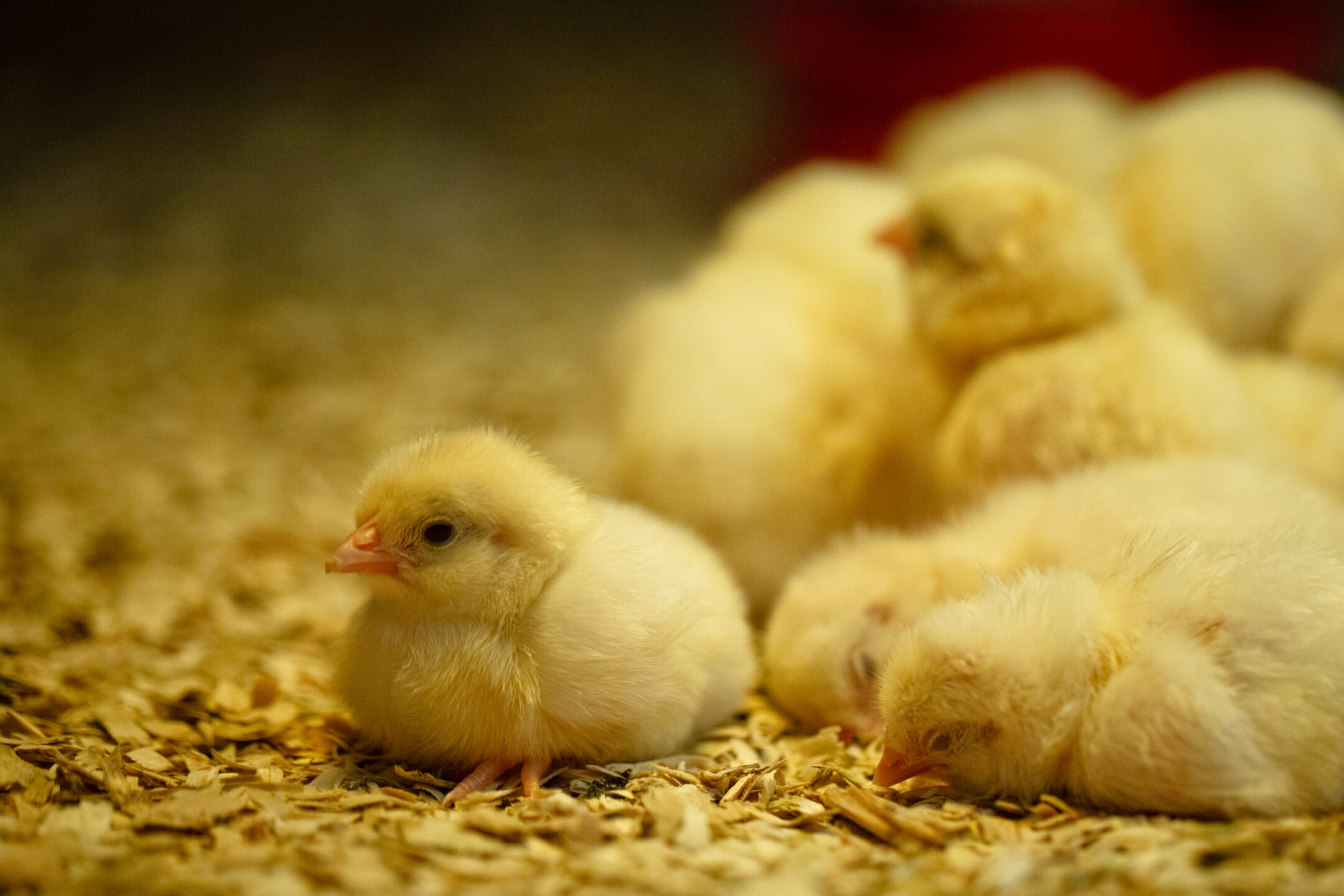
A: The healing time for a bird‘s broken leg can vary depending on the severity of the fracture and the species of the bird. It may take several weeks to months for a bird’s leg to heal fully. Close monitoring, proper aftercare, and regular check-ups with an avian veterinarian are essential for a successful recovery.

Leave a Reply